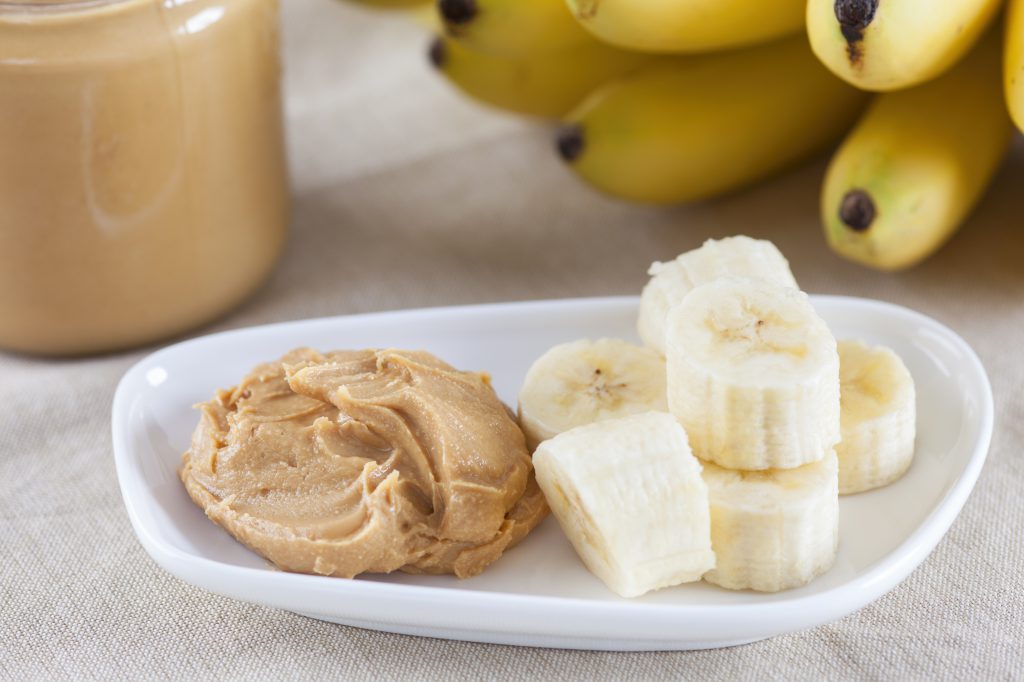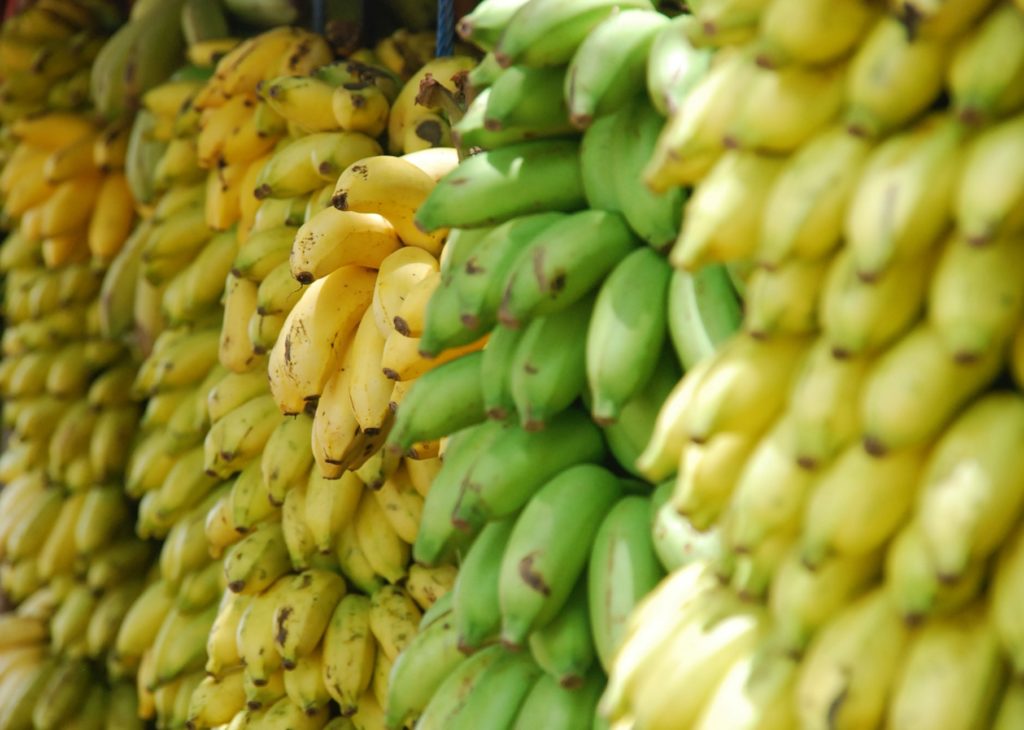Structure and focus are essential for achieving goals and sticking to New Year’s resolutions. Outlining a framework for positive change is exactly what meal prepping can offer.
Take a look at what meal prepping is and why it can help you. The concept revolves around the key health and fitness cornerstones of weight management, consuming enough high quality macronutrients, ensuring the consumption of nutritious meals, and of course…. the economics of grocery shopping.
There is no set demographic that should desire the aforementioned benefits more than another. If you are simply trying to save time or reach a training goal, meal prepping is right for you. Personalisation in meal prepping keeps eating and preparing your food fun and interesting. Trudging away towards a health goal can be tough for some, food should not hinder your progress or dissuade you.
Here are 5 Do’s and Don’ts that can help guide you to success.
1. Do find a day that you can prep a few meals
Meal prep time should be a fun and creative time. Studies have shown that researching, shopping, and then preparing your food brings us much greater satisfaction and health than ordering from a menu. I recommend shopping and preparing your meals on the same day, perhaps a Sunday when you have a more relaxed schedule. Prepping on the same day you shop alleviates clutter in your refrigerator as well as food waste. Grab a friend and make it a party. Teamwork and success go hand in hand.
Don’t over prep
Preparing meals in advance should be realistic and fit within your lifestyle. Hiccups in my clients nutrition plan have been because they made too much food or that they got bored with the meals they made. I recommend planning out 2-3 days of food in the beginning. You will find that food tastes better if it hasn’t been sitting for a long time and you won’t get bored eating the same meal over and over. If you want to plan out longer, try limiting your meals to just lunch for the week or cooking extra protein that you can add to dishes on the fly.
2. Do use foods that can keep for a couple days
Choosing foods that will keep in your refrigerator at home or at work is simple, it just takes a bit of planning. Protein choices like chicken or beef are great options because not only will they keep, if you prepare them right they will maintain moisture. Searing your protein in a skillet is one way to lock in moisture for keeping. For veggies we recommend using hearty, fiber rich choices like green beans, broccoli, Brussel sprouts, butternut squash and cucumbers. These veggies can either be gently cooked or kept raw in your containers without losing nutrients, crunch or taste.
Don’t choose vegetables that will wilt or become soggy
Salad greens have a tendancy to wilt and become watery after only a day if mixed with veggies or meats that contain a high amount of water. Avocados turn brown and don’t keep too well. If you are prepping a salad, bring a separate container with your dressing or a whole avocado to cut on top of it at the time of consumption.

3. Do plan on preparing foods that can be eaten cold
Meal prepping at its core is about eating on the go or ensuring good nutrition when there is the possibility of not having it around. So be prepared to eat your meals cold. On the subway, in the office, out in a forest…. Wherever. This means cooking you proteins all the way though, making sure your quinoa is not crunchy, and you can stomach cold veggies. This point goes back to the basics of cooking what you enjoy, making nutrition fit into your life. The last thing you want is to be out and looking to trade up to something else.
Don’t Microwave your food
Microwaves are incredibly efficient at heating up your food but at the cost of ALL the nutrients. Microwaves radiate to the core of your food, energising the proteins in such a rapid manner that they destroys the chemical bonds, creating essentially a zero sum nutrient profile. By depleting all the nutrients, microwaves take with it all the taste as well. Our recommendation.. eat it cold or find a stove to reheat the food on.
4. Do change up your menu each week
On prep days try grilling 2-3 types of protein. By having a couple containers with steak and chicken, you can easily switch it up and add it to different dishes.
Don’t over complicate the recipes
Keep your prep simple. Egg bakes for a breakfast prep simply need veggies and eggs. Lunch prep should have proteins and carbs. Your nutrition should fit with your life and your skills in the kitchen. Find some spices that you enjoy, choose ingredients that you feel comfortable cooking (in the beginning), and go for it. As long as your macronutrients are accounted for and you have a nice color profile in each meal, the chances that your meals will be balanced is pretty good.

5. Do stick to the programme
Achieving your goals does not happen by taking ‘cheat’ days. By starting a meal prep routine you are creating small changes in your daily habits toward optimal health. Those small changes add up to greater achievement. Committing to 1-2 months of meal prep keeps your focus. Stick to the plan and kick ass.
Don’t feel like meal prepping is a ball and chain
Accountability and talking with your coach about meal prep and goals is a way to not hate the process. Meal prepping should be fun, not a death sentence. If you grab your food from the fridge and cringe, you need to evaluate the food not the system. Nutrition that is forced is called DIETING. Dieting is not sustainable. Your life should be filled with the joy of eating. When we enjoy eating, we achieve our goals faster. Prep with positivity.
Now you know all about meal prepping, sign up for a Tough Mudder event in 2021. See you in the mud.




